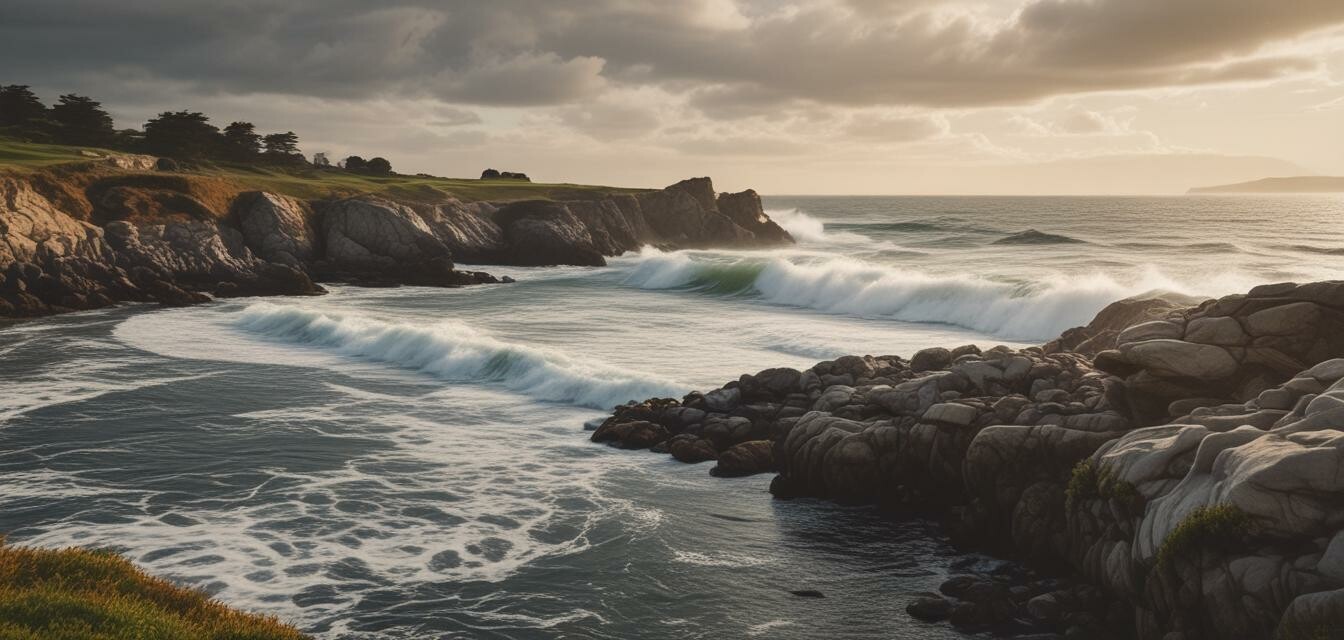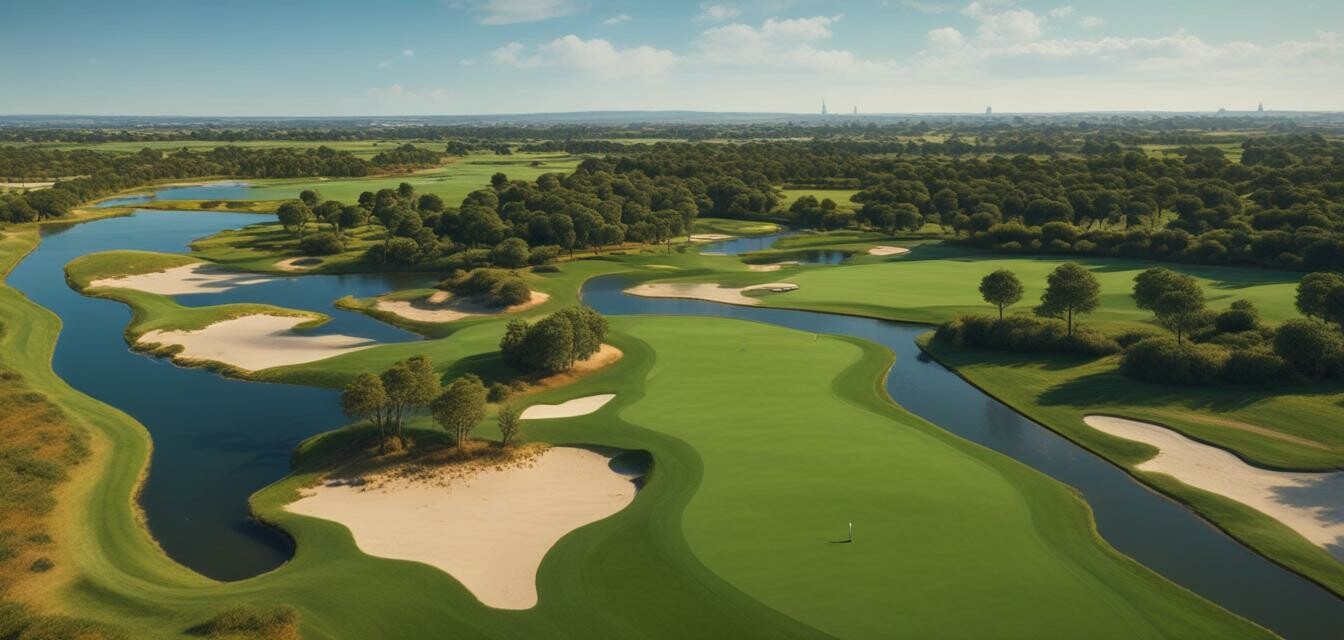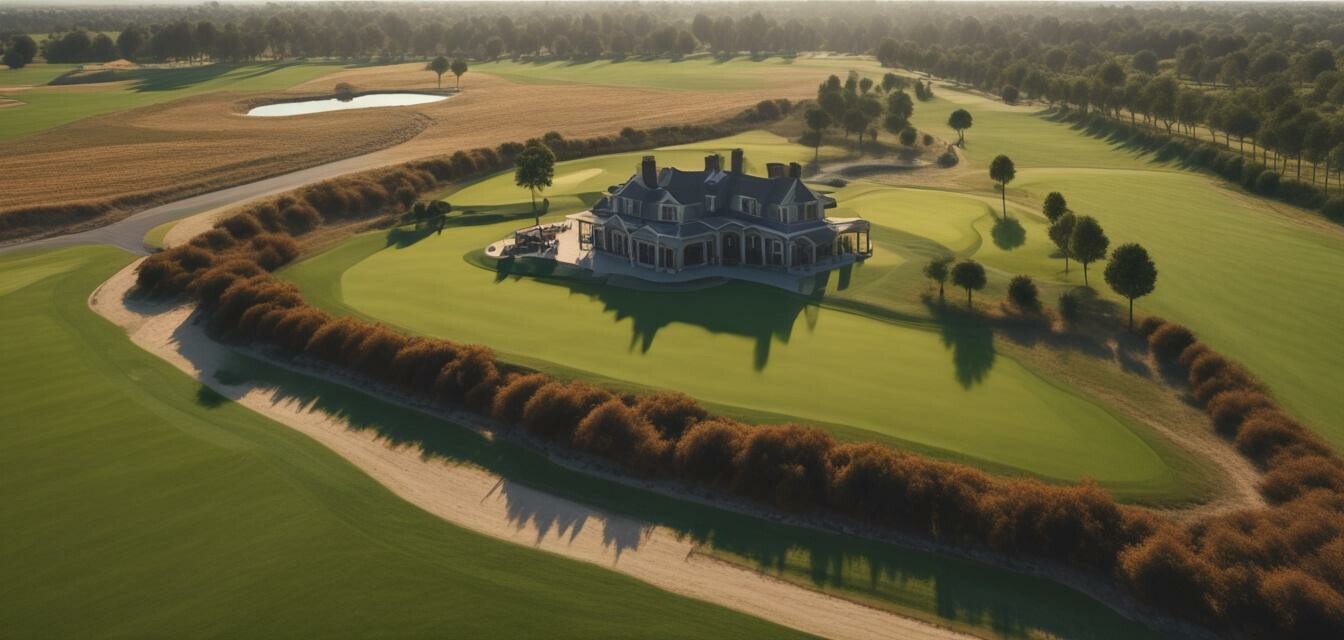
History of Famous Golf Courses
The game of golf has a rich and varied history, with many courses becoming iconic landmarks recognized around the world. From their humble beginnings to the luxurious and well-designed layouts we see today, each golf course tells a tale of the evolution of this beloved game. In this article, we will explore the history and development of some famous golf courses, tracing their origins, key architectural features, and the stories that make them significant in the world of golf.
Key Takeaways
- Golf courses have evolved significantly since their inception, impacting their design and accessibility.
- Famous golf courses often reflect the culture and geography of their locations.
- Specific architectural elements define the uniqueness of each course, contributing to its history.
- The rise of golf tourism has made famous golf courses more than just playing grounds; they are now prime destinations.
The Origins of Golf Courses
The origins of golf can be traced back to the 15th century in Scotland. The first recognized course, known as St Andrews Links, was established in 1552. Here's a brief timeline of the early history of golf courses:
| Year | Event |
|---|---|
| 1552 | St Andrews Links established - recognized as the 'Home of Golf' |
| 1764 | Old Course at St Andrews consolidates into 18 holes |
| 1893 | First Open Championship held at Prestwick Golf Club |
Famous Golf Courses Today
Throughout the centuries, many golf courses have become symbols of excellence. Below are some of the most famous golf courses and their unique features:
| Course Name | Location | Established | Notable Features |
|---|---|---|---|
| Augusta National Golf Club | Georgia, USA | 1933 | Home of the Masters Tournament, famous azaleas and Amen Corner |
| Pebble Beach Golf Links | California, USA | 1919 | Stunning coastal views, rich history with several U.S. Opens |
| Royal St George's Golf Club | England | 1887 | First club outside Scotland to host The Open Championship |
| Old Course at St Andrews | Scotland | 1552 | Prestigious history, known as the birthplace of golf |
Augusta National Golf Club
Augusta National is undoubtedly one of the crown jewels of the golfing world. The course is famous for its challenging layout and beautiful blooming flowers. As you can see in the image below, the scenery is both stunning and serene.

Pebble Beach Golf Links
Pebble Beach offers breathtaking views of the Pacific Ocean and has hosted numerous U.S. Open championships. Its rugged coastline combined with the challenging holes creates an unmatched golfing experience.

Royal St George's Golf Club
This golf club is steeped in history, having been the first venue outside Scotland to hold The Open Championship. The course's traditional links design poses a challenge for golfers at all skill levels.
Old Course at St Andrews
The Old Course is not just a golf course; it’s an institution that played a pivotal role in the development of modern golf. Visitors from all over the world come to play where the game began.

The Architecture of Golf Courses
The design and layout of a golf course are crucial to its identity. Famous golf courses often consist of unique architectural elements that cater to both the beauty and challenge of the game. Here are some key architectural features:
- Bunkers: Strategically placed sand traps to enhance the difficulty of the game.
- Greens: Varying levels and undulation that influence putting strategies.
- Layouts: Different hole arrangements, including par-3, par-4, and par-5 holes.
- Water Hazards: Lakes and streams that not only beautify the course but also pose challenges.
The Role of Golf Tourism
In recent years, golf tourism has surged, leading to a booming interest in famous golf courses around the globe. Links such as those mentioned above have become hot spots for tourists seeking to experience legendary golfing while exploring the local landscape. The following table offers insights into the economic impact of golf tourism:
| Course | Visitors Per Year | Average Spend on Golfing | Regional Economic Impact |
|---|---|---|---|
| Augusta National | 100,000+ | $2,000 | $60 million |
| Pebble Beach | 200,000+ | $1,500 | $160 million |
| Royal St George's | 50,000+ | $1,000 | $25 million |
Pros
- Rich tradition and historyGolf Accessories enhance the experience.
- World-class amenities and beautiful settings attract tourists.
- Diverse challenges cater to golfers of all skill levels.
Cons
- High costs associated with premium courses may deter some golfers.
- Heavy tourist traffic during peak seasons can impact play.
- Environmental concerns regarding maintaining lush landscapes.
The Future of Golf Courses
The future of golf courses will likely blend traditional elements with sustainable practices. There is an increasing focus on protecting the environment while ensuring access to the sport. As golf continues to evolve, we can expect more innovative designs that will cater to modern players while honoring the history that has come before.
Tips for Visiting Famous Golf Courses
- Book tee times in advance, especially during peak seasons.
- Research the course layout and any specific challenges before playing.
- Respect the course's rules and etiquette to enhance your experience.
- Take time to enjoy the surrounding amenities and local culture.
Conclusion
The rich history and evolution of famous golf courses continue to shape the game today. From their origins in Scotland to iconic venues across the globe, these courses are more than just places to play; they serve as monuments to the sport's heritage. Whether you're a seasoned golfer or a curious tourist, understanding the history of these courses adds depth to your experience.








